Community
3
min read
The Hybrid Work Model: When Coworking and Remote Working Collide
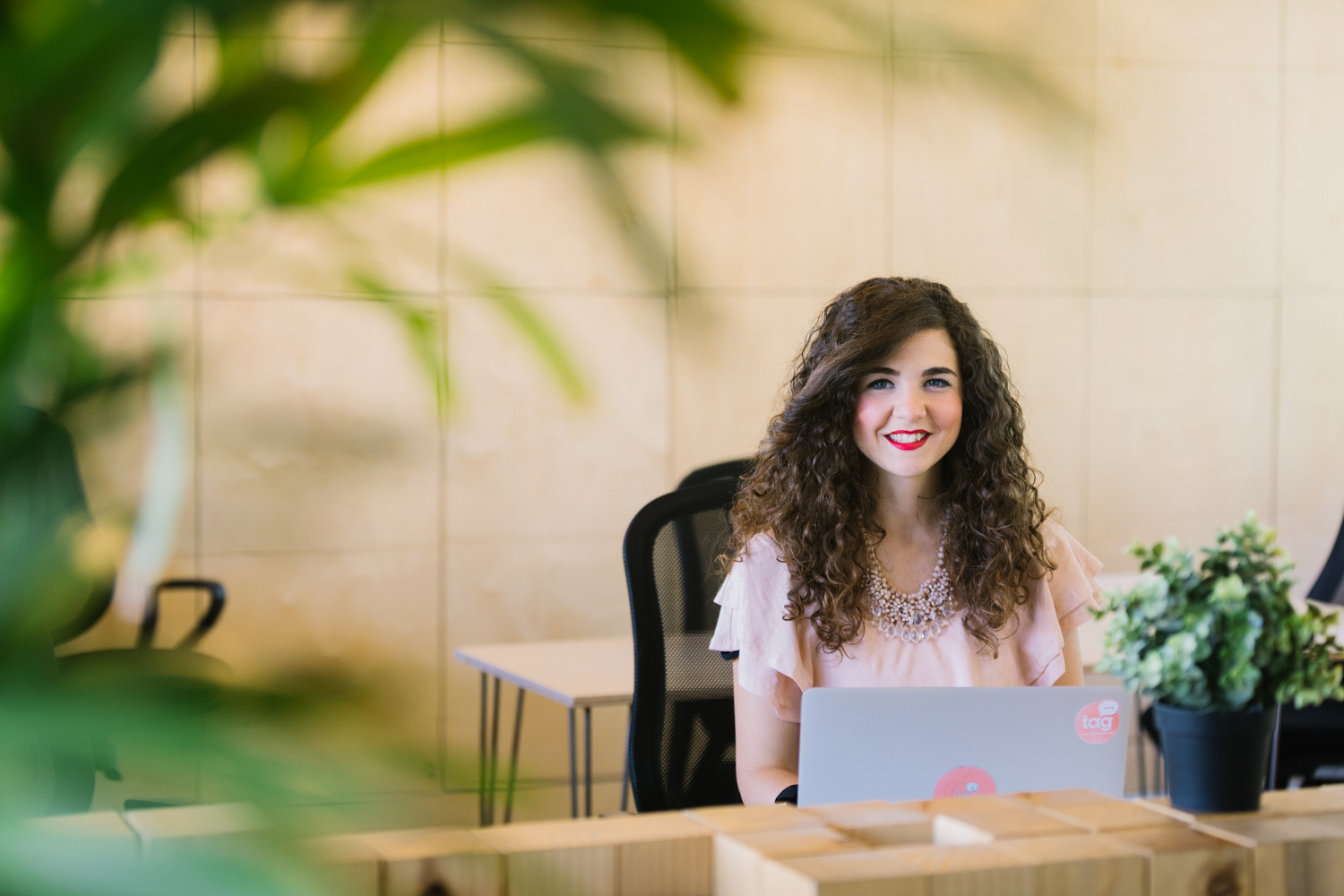

Don't you want to read? Try listening to the article in audio mode 🎧
Following our sudden transition to remote working, benefits and drawbacks of the home office and the physical office have become more prominent for all who have worked throughout 2020. A contrast of preferences between two ways of working has impacted both employees and businesses as it has become difficult to decipher a solution that guarantees the survival of a company, employee satisfaction, and a base for creativity needed to manage change. As a coworking space, we are discovering a balance that is quickly becoming the focus of the debate in recent months: a hybrid model that combines remote work with office work. This newly formed model allows employees to continue enjoying the flexibility and solo productivity, and freedom that the home office provides, as well as enjoying a physical workspace that allows collaboration, networking, meeting clients in a professional setting, and a better work life balance simultaneously.
As previously mentioned, coworking can be seen as the safe alternative to remote working as coworking spaces fit with this new model that stands for the future of work. At Talent Garden we provide a full time office or desk space to members who want to work full time in office, or flex desks and hot desks to those who may not want to come back to the office full time and have the option to work from home without wasting money on renting a full time space.
Why Is The Traditional Office Model Dying Out?
When one company works in their own traditional office there can be certain drawbacks. The struggle of direct competition or internal politics is prominent, along with using a persona or barrier to climb the corporate hierarchy on top of their own workload. A confined space where employees cannot network, face-to-face or online, with other minded individuals in similar industries leads to a company impeding its chance of growth, collaboration, and the social element needed to empower employees and create a stronger bond for boosted productivity. In 2020, there are companies that attempt to “return to normality” by quickly recovering the traditional work system they had before restrictions were lifted. There are cases of companies who have set rules for employees to follow a strict schedule and report their work daily throughout lockdown. Following this, some have chosen to return to the office full time immediately after restrictions were lifted, with no other option for employees. These circumstances show no trust between company and employee while remote working and no consideration for employees safety or worries about returning so suddenly, causing more pressure at a stressful time as employees feel they need to prove themselves by overloading themselves with work. Companies that have operated in this way will find it difficult to adapt to the new normal, hindering the advancement towards the future of work. Unless accepting the new reality the world is faced with it will cost more time, revenue, and effort to eventually realise the need to adapt to change.What Are The Drawbacks of Remote Working?
Remote working has been seamlessly implemented in the work models of millions of companies around the world as it has established itself in many sectors. Forbes magazine states that trusting technology is key to survive, and the pandemic has helped professionals improve their digital skills. However the essence of teamwork, separation of work and home life, and the feeling of belonging are also important for employees, which is highly diluted when the model implemented 100% remote working. Employees find meaning through working in a culture where it is the norm for members to share their own expertise in similar industries, with returning part time to a flexible space giving them plenty of opportunities to do so.The Hybrid Model
The hybrid model refers to the combination of remote work and working at the office. The combination of both can be demonstrated through dividing the typical work day in two (work the morning in the office and at home in the afternoon), or through employees returning to the office for a set number of days per week or month. This formula, when combining the two working models, provides the benefits of both working models and compensates for the disadvantages.Employee benefits:
- Flexibility and responsibility of choosing when and where to work.
- Facilitate a better way of maintaining a healthy work-life balance.
- Improve self-esteem as the employer gives a greater sense of independence and trust.
- Maintaining a close bond with colleagues and managers by meeting face-to-face regularly after months of working from home.
- At Talent Garden, we have a wide variety of options for working, such as different desk plans, workshop rooms or private office space that are all flexible to employee and company’s work schedule.
Company benefits:
- Reduced costs by requiring a smaller office or desk space as employees switch between remote and office working.
- Improve the productivity of employees due to increased empowerment and responsibility while keeping a social element to work, thus gaining better results.
- Greater employee satisfaction rates of those who feel more deeply rooted in a company that ensures their well-being and safety. The more employees feel happy, safe, and secure in their workplace means less staff turnover and divide between employers and employees.
Article updated on: 09 August 2023

Don't Waste Your Talent. Turn It Into a Career With a Course That Fits Your Needs!
Talent Garden is your Digital Skills Academy, offering courses in Digital Marketing, UX Design, Digital HR and Data Analysis designed to launch your career.
Keep reading
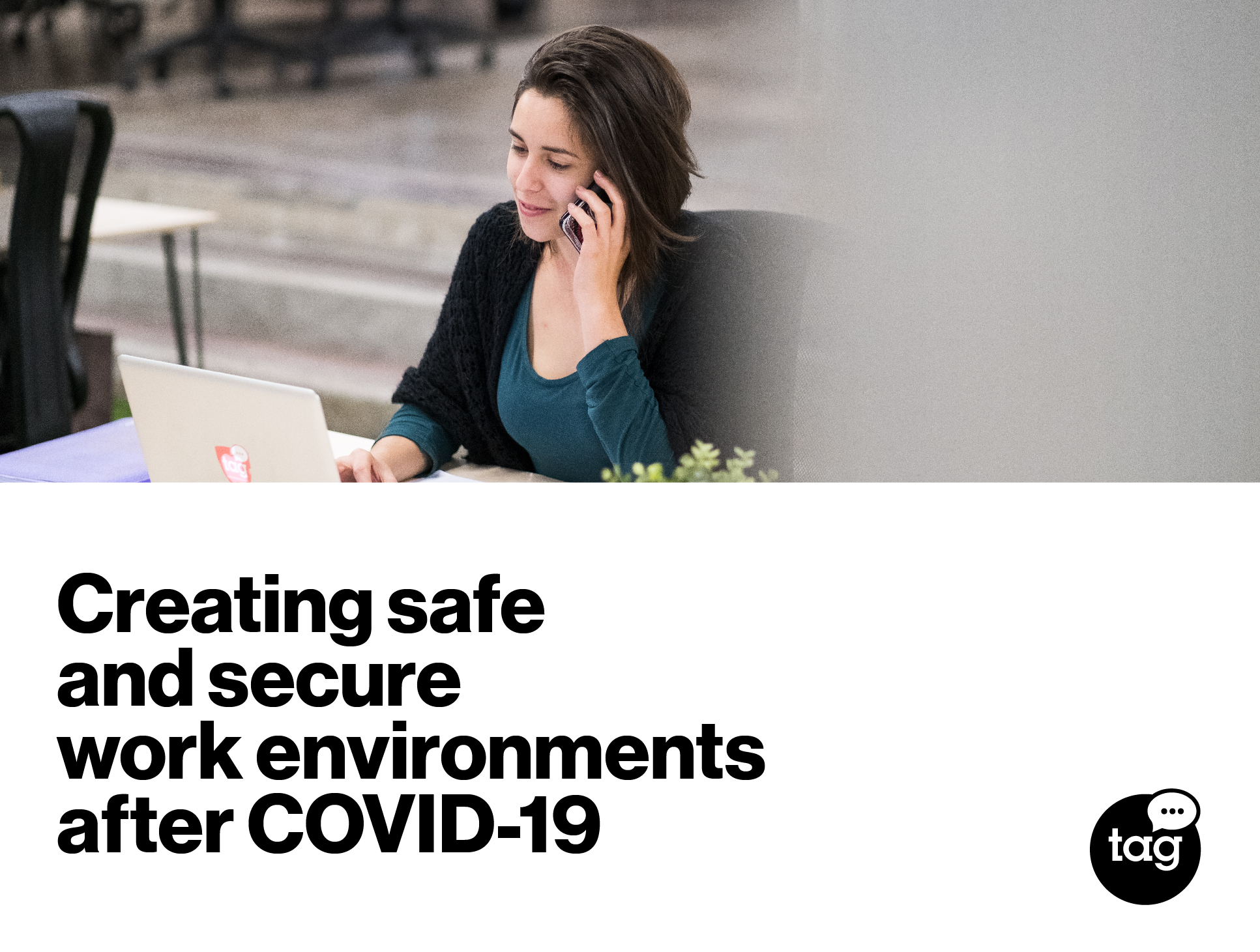
4
min read
Creating safe and secure work environments after COVID-19
For most of Europe, we are finally on our way towards a post-COVID-19 reality, where the virus is still a threat but as ...
Talent Garden
21/05/2020
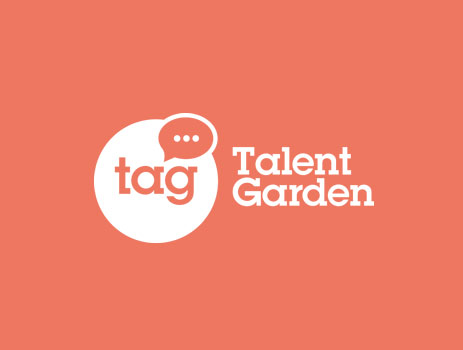
2
min read
What is the Difference between a CoWorking place and a Shared Workplace?
If you look up the definition of Coworking, it will give you the Oxford Dictionary definition saying “The use of an ...
Talent Garden
07/12/2017
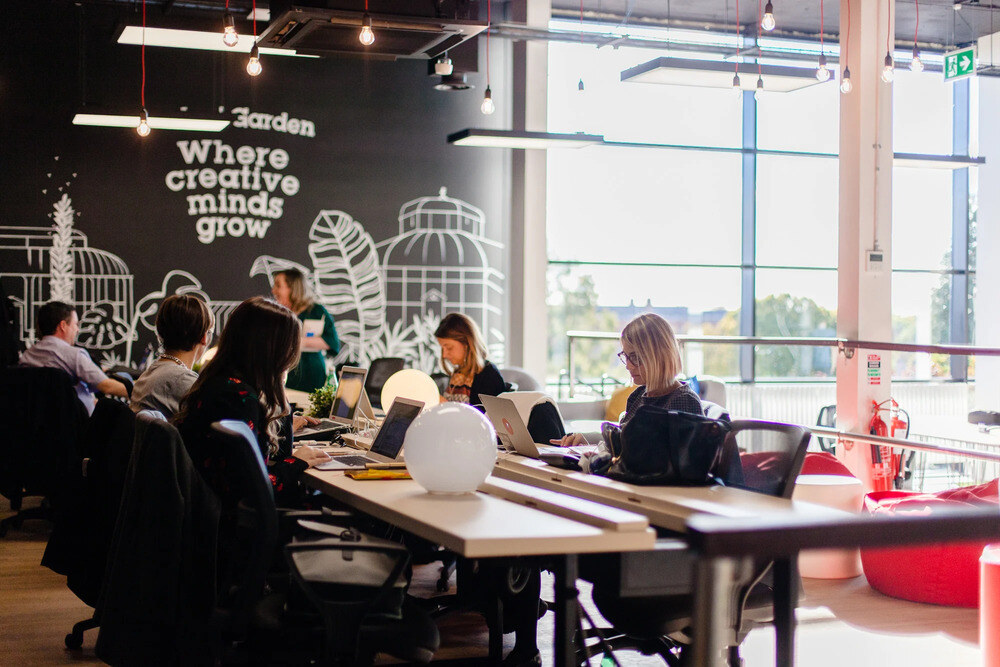
6
min read
What is Coworking? Learn From a Community Manager!
Did you know that 87% of people are currently working remotely and once people can return to their offices they want ...
Talent Garden
01/03/2021
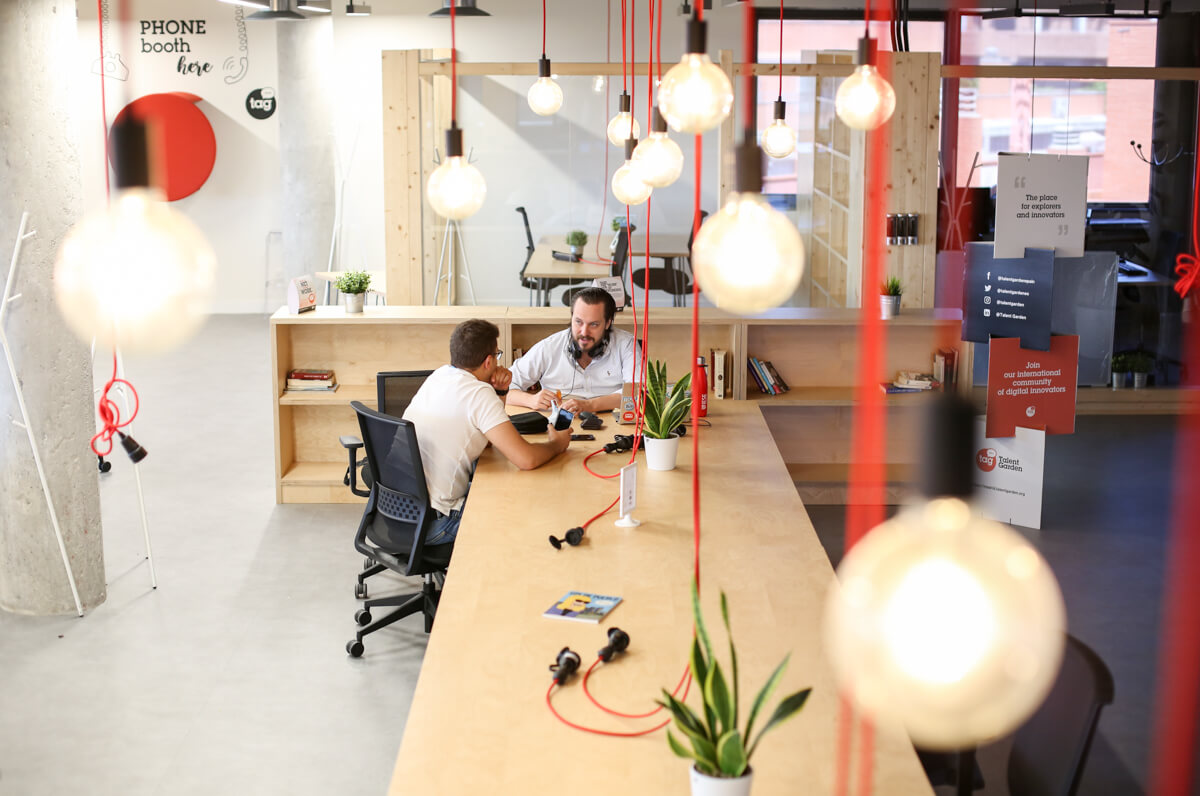
5
min read
Why Scaleups are Choosing Coworking Spaces
The economic and health crisis caused by Covid-19 has strongly impacted many sectors, including innovation. ...
Talent Garden
08/09/2020
